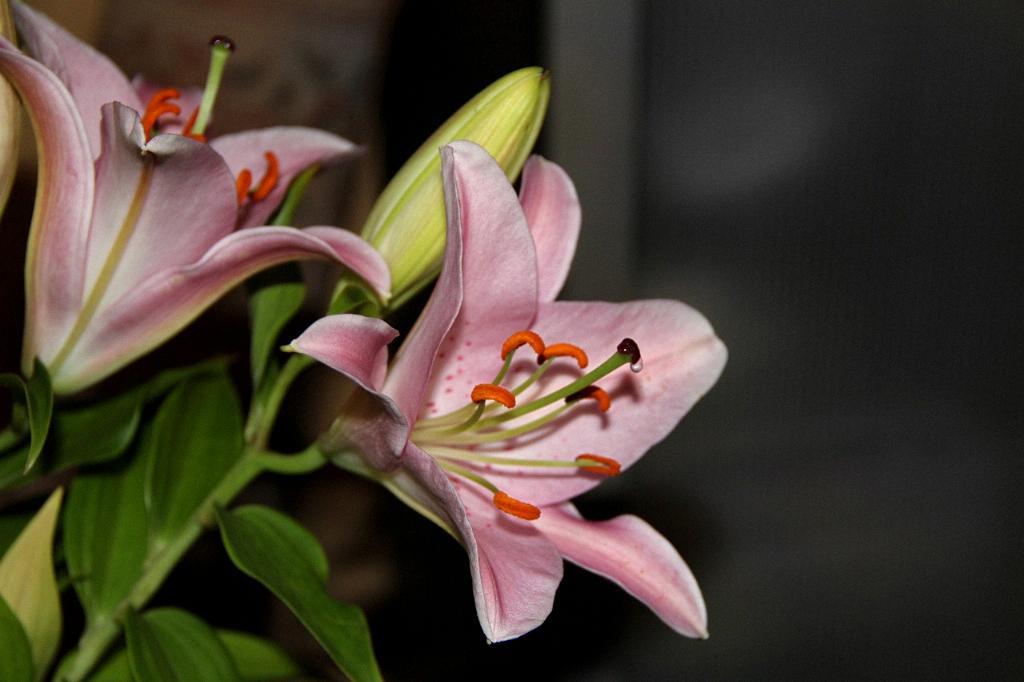As a gardener, the practice of deadheading, or removing spent flowers, is a common task that often arises during the care of various plants. When it comes to daylilies, the question of whether or not to deadhead can spark a debate among enthusiasts. The decision to deadhead daylilies is not only influenced by aesthetics but also plays a crucial role in maintaining plant health and promoting continuous blooming.
Enhancing Flower Production
One of the primary reasons for deadheading daylilies is to enhance flower production. By removing spent blooms, you are encouraging the plant to redirect its energy towards producing new flowers rather than seed pods. This practice can result in a more prolific blooming season and an overall healthier plant in the long run.
Promoting Reblooming
Deadheading daylilies can also play a significant role in promoting reblooming throughout the season. By eliminating spent flowers, you are stimulating the plant to continue producing new buds, which can lead to a more extended period of vibrant blooms in your garden.
Preventing Seed Formation
Another vital aspect of deadheading daylilies is preventing seed formation. When a daylily produces seeds, it can divert energy away from flower production, resulting in fewer blooms and potentially weaker plants. By deadheading, you can mitigate this process and encourage the plant to focus on flowering.
Enjoying a Neater Appearance
Besides the practical benefits, deadheading daylilies can also enhance the overall aesthetic appeal of your garden. Removing spent blossoms gives your daylilies a neater and tidier appearance, contributing to a visually pleasing landscape that you can enjoy throughout the blooming season.
When to Deadhead
It’s essential to identify the right time to deadhead your daylilies to maximize the benefits of this practice. The ideal moment is when the blooms begin to fade and wither. By promptly removing these spent flowers, you can encourage the plant to produce new buds and prolong its blooming period.
Frequency of Deadheading
While deadheading daylilies is essential for maintaining plant health and promoting continuous blooming, you don’t need to do it daily. A regular deadheading schedule, such as once a week or as needed, can suffice in most cases. This approach allows you to enjoy the benefits of deadheading without feeling overwhelmed by the task.
Tools for Deadheading
When deadheading daylilies, a pair of sharp scissors or pruning shears can be valuable tools to have on hand. Ensure that your cutting instrument is clean and sharp to make precise cuts and minimize damage to the plant. Additionally, remember to sanitize your tools between plants to prevent the spread of diseases.
Considerations for Leaving Some Spent Flowers
While deadheading daylilies is generally beneficial, some gardeners choose to leave a few spent flowers on the plant. This practice, known as “strategic deadheading,” can attract pollinators and wildlife to your garden by providing a food source. It’s essential to strike a balance between deadheading for plant health and allowing some blooms to remain for biodiversity.
The Choice is Yours
Ultimately, the decision to deadhead daylilies is a personal one that depends on your gardening goals and preferences. Whether you prioritize enhanced flower production, prolonged blooming, or a neat appearance, deadheading can be a valuable practice in caring for your daylilies. Consider the benefits and choose a deadheading routine that suits your gardening style.
Conclusion
In conclusion, deadheading daylilies can have numerous advantages, from promoting continuous blooming to maintaining plant health and enhancing the visual appeal of your garden. By understanding the importance of deadheading and incorporating this practice into your gardening routine, you can enjoy a flourishing display of daylily blooms throughout the season.

